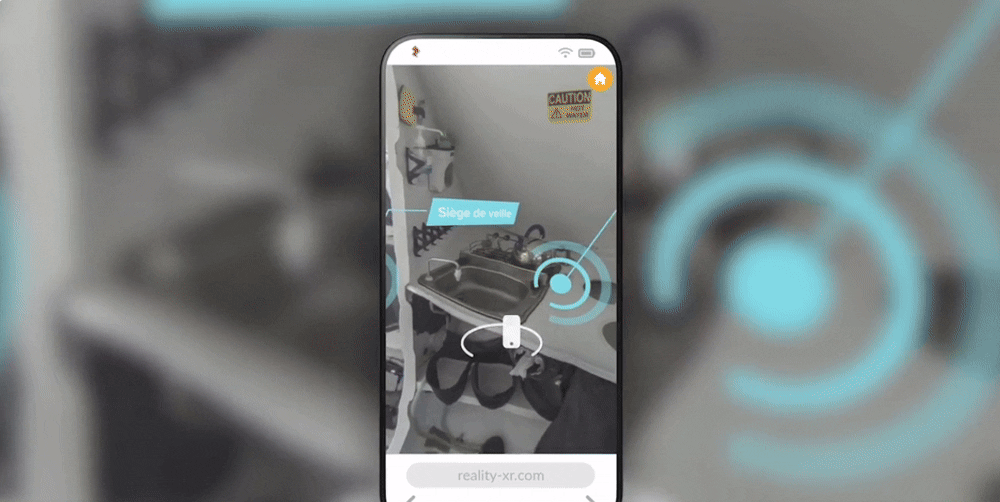
Workforce Training Agencies & NGOs
Governments and NGOs recognize that there is often a mismatch between the skills needed for the jobs of tomorrow and the knowledge of recent graduates. Immersive training offers a new channel beyond campuses to teach these skills. Key scenarios include:
Workforce Entry
Constituents often enter the workforce without key skills. Recent graduates find that coursework doesn’t always match the needed skill sets in a given profession, particularly as distance learning becomes more popular. Parents who return to the workforce after a break find that they’ve missed out on key changes in their jobs. Immersive training can be tailored to bridge these gaps.
Navigating Transition
AI and automation are disrupting many occupations, so constituents often need skills-first training to find new careers. Immersive training offers the flexibility needed for mid-career transitions.
The Catch-22 of Experience
Be sure to include important details like value, length of service, and why it’s unique. Many fields require real-world experience, but many fields lack a tradition of apprenticeship or internships. Immersive training offers informal paths to gaining experience, for jobs where getting experience requires past experience.



